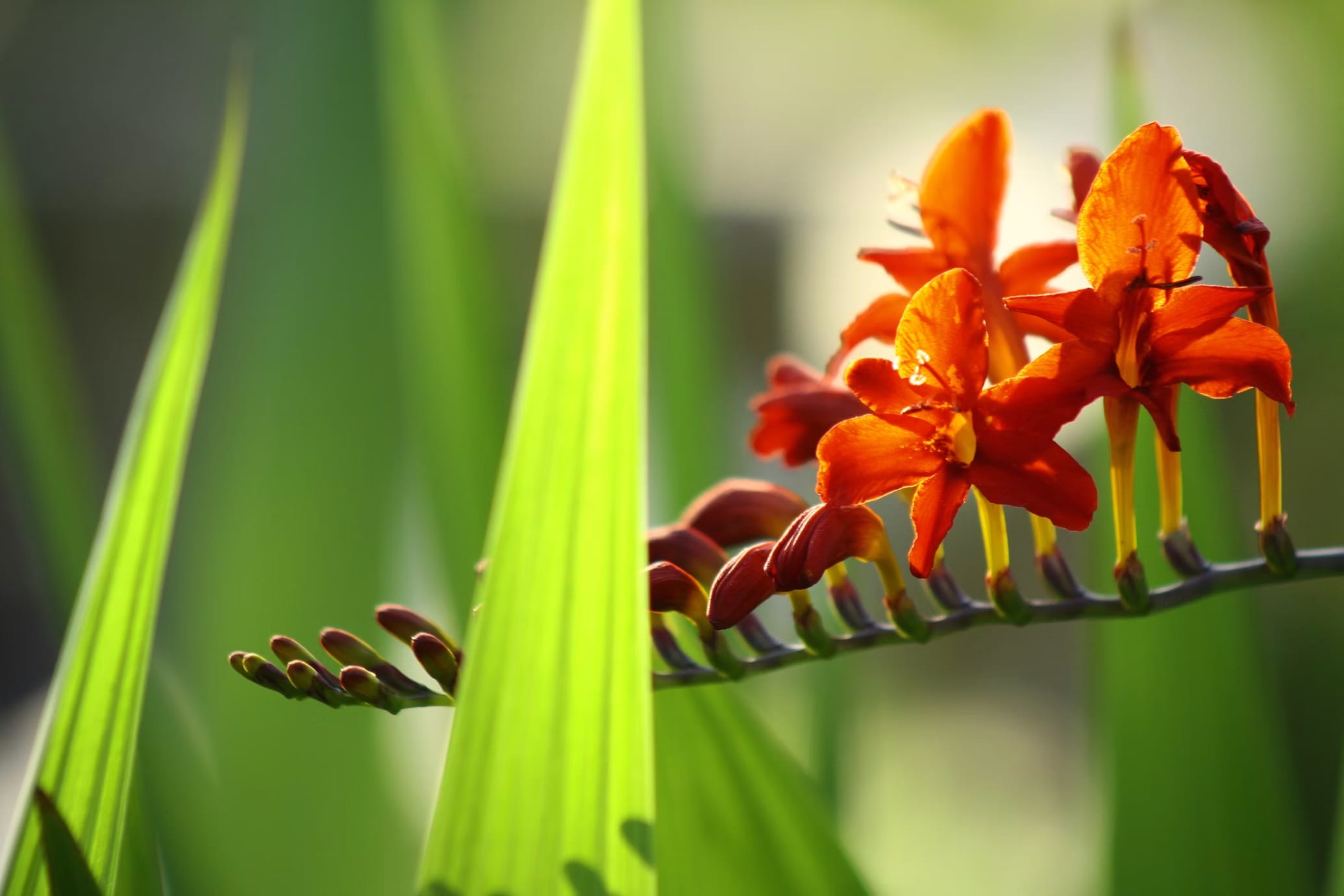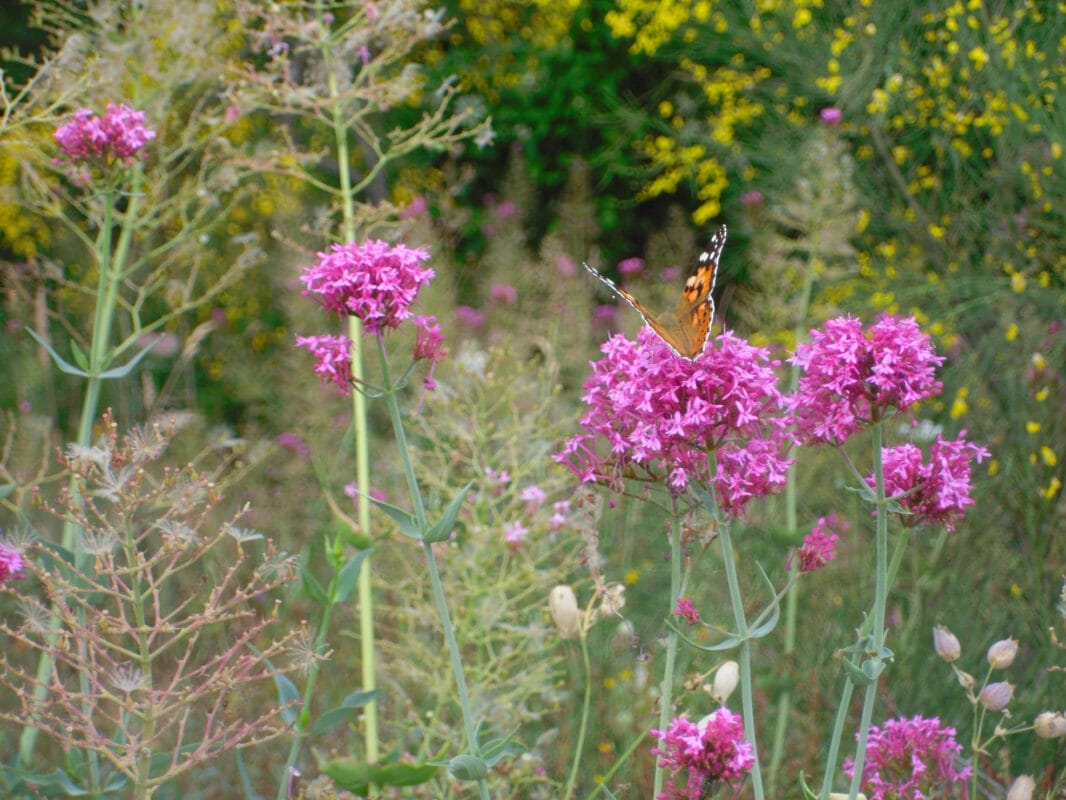
As Landscape Architects, we specify new planting for a range of spaces from non-native planting to the frontages of residential properties, to native planting in rural locations to establish new woodlands. The issue of non-native invasive species is rarely straightforward. Climate change is likely to influence which non-native plants become problematic, and the list of species to be cautious with is ever-changing.
When designing planting schemes, we consider a range of factors:
🌿Site soils – Could the soil enable a borderline species to thrive and become dominant?
🌿Microclimate – Might sheltered conditions allow a typically tender plant to spread more aggressively?
🌿Maintenance – Could a lack of maintenance lead to uncontrolled spread into neighbouring spaces?
🌿Climate predictions – Will hotter, drier summers and warmer wetter winters allow certain species to survive and spread more widely?
Some invasive plants have a quality known as allelopathy (the ability to release chemicals that inhibit the growth of neighbouring plants, helping to remove competition for nutrients). While this trait can be problematic in natural ecosystems, it can occasionally be beneficial in designed landscapes by reducing the need for weeding. However, selecting the right species is critical. Some allelopathic plants are too aggressive and should be avoided, such as garlic mustard and tree-of-heaven. Others, like lavender, rosemary and some cultivars of Salvia and Persicaria, can offer a low-maintenance solution when used appropriately.
Climate change continues to shift the boundaries of what we consider invasive. Research by the RHS has identified over 200 potential ‘future invaders’, species that are not currently invasive but could become so under changing conditions. These include plants like Himalayan honeysuckle (Leycesteria formosa) and red valerian (Centranthus ruber), which may be considered thuggish due to their large size, vigorous growth, or ability to self-seed prolifically.
By using professional judgement and staying up to date with guidance, such as the Government’s list of restricted species here, we can design landscapes that are both beautiful, biodiverse and biosecure.
For creative, practical and sustainable design solutions, contact our team at tep@tep.uk.com, we’re here to support your project from concept to completion.









